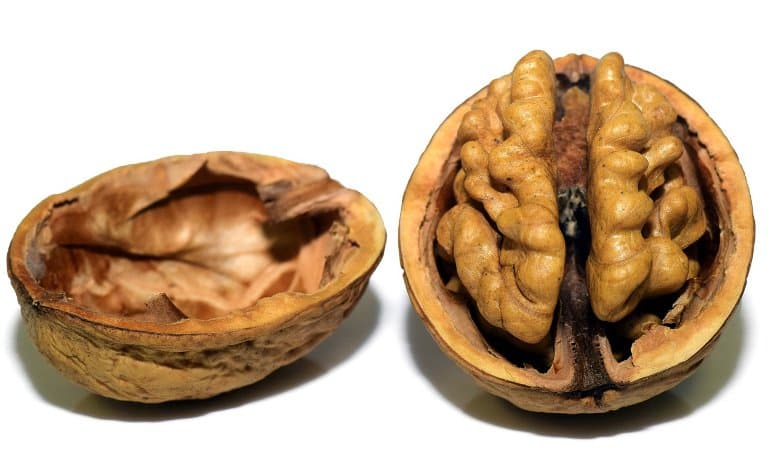Summary: Brain circuitry responsible for motivation and pleasure is activated when a person experiences pain. The findings reveal a link as to why some people may overeat when they experience chronic pain.
Source: University of Rochester
It has long been known that there is an association between food and pain, as people with chronic pain often struggle with their weight.
Researchers at the Del Monte Institute for Neuroscience may have found an explanation in a new study that suggests that circuitry in the brain responsible for motivation and pleasure is impacted when someone experiences pain.
“These findings may reveal new physiological mechanisms linking chronic pain to a change in someone’s eating behavior,” said Paul Geha, M.D., lead author on the study published in PLOS ONE. “And this change can lead to the development of obesity.”
Finding pleasure in food comes from how our brain responds to what we are eating.
In this study researchers were looking at the brain’s response to sugar and fat. Using a gelatin dessert and pudding researchers altered the sugar, fat, and texture of the foods.
They found that none of the patients experienced eating behavior changes with sugar, but they did with fat. Those with acute lower back pain who later recovered were most likely to lose pleasure in eating the pudding and show disrupted satiety signals – the communication from the digestive system to the brain – while those with acute lower back pain whose pain persisted at one year did not initially have the same change in their eating behavior.
But chronic lower back pain patients did report that eventually foods high in fat and carbohydrates, like ice cream and cookies, became problematic for them over time and brain scans showed disrupted satiety signals.
“It is important to note, this change in food liking did not change their caloric intake,” said Geha, who first authored a previous study published in PAIN that recent research is building on.
“These findings suggest obesity in patients with chronic pain may not be caused by lack of movement but maybe they change how they eat.”
Brain scans of the study participants revealed that the nucleus accumbens – a small area of the brain mostly known for its role in decision-making – may offer clues to who is at risk to experience a long-term change in eating behavior.

Researchers found the structure of this area of the brain was normal in of patients who initially experienced changes in their eating behavior but whose pain did not become chronic.
However, patients whose eating behavior was normal, but whose pain became chronic had smaller nucleus accumbens. Interestingly, the nucleus accumbens predicted pleasure ratings only in chronic back pain patients and in patients who became chronic after an acute bout of back pain suggesting that this region becomes critical in motivated behavior of chronic pain patients.
Previous research by Geha, found a smaller nucleus accumbens can indicate if someone is at a greater risk of developing chronic pain.
Additional authors include Yezhe Lin, Ph.D., and Gelsina Stanley of the University of Rochester, Ivan de Araujo, Ph.D., of Icahn School of Medicine at Mount Sinai, and Dana Small, Ph.D., of Yale University. The research was funded by National Institute on Drugs Abuse.
About this pain research news
Author: Kelsie Smith Hayduk
Source: University of Rochester
Contact: Kelsie Smith Hayduk – University of Rochester
Image: The image is in the public domain
Original Research: Open access.
“Chronic pain precedes disrupted eating behavior in low-back pain patients” by Paul Geha et al. PLOS ONE
Abstract
Chronic pain precedes disrupted eating behavior in low-back pain patients
Chronic pain is associated with anhedonia and decreased motivation. These behavioral alterations have been linked to alterations in the limbic brain and could explain the increased risk for obesity in pain patients. The mechanism of these behavioral changes and how they set in in relation to the development of chronic pain remain however poorly understood.
Here we asked how eating behavior was affected in low-back pain patients before and after they transitioned to chronic pain, compared to patients whose pain subsided. Additionally, we assessed how the hedonic perception of fat-rich food, which is altered in chronic pain patients, related to the properties of the nucleus accumbens in this patients’ population.
We hypothesized that the accumbens would be directly implicated in the hedonic processing of fat-rich food in pain patients because of its well-established role in hedonic feeding and fat ingestion, and its emerging role in chronic pain. Accordingly, we used behavioral assays and structural brain imaging to test sub-acute back pain patients (SBP) and healthy control subjects at baseline and at approximately one-year follow-up. We also studied a sample of chronic low-back pain patients (CLBP) at one time point only.
We found that SBP patients who recovered at follow-up (SBPr) and CLBP patients showed disrupted eating behaviors. In contrast, SBP patients who persisted in having pain at follow-up (SBPp) showed intact eating behavior.
From a neurological standpoint, only SBPp and CLBP patients showed a strong and direct relationship between hedonic perception of fat-rich food and nucleus accumbens volume. This suggests that accumbens alterations observed in SBPp patients in previous works might protect them from hedonic eating disruptions during the early course of the illness.
We conclude that disrupted eating behavior specifically sets in after pain chronification and is accompanied by structural changes in the nucleus accumbens.







